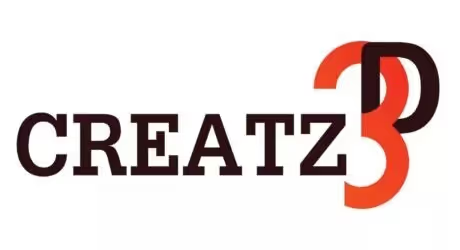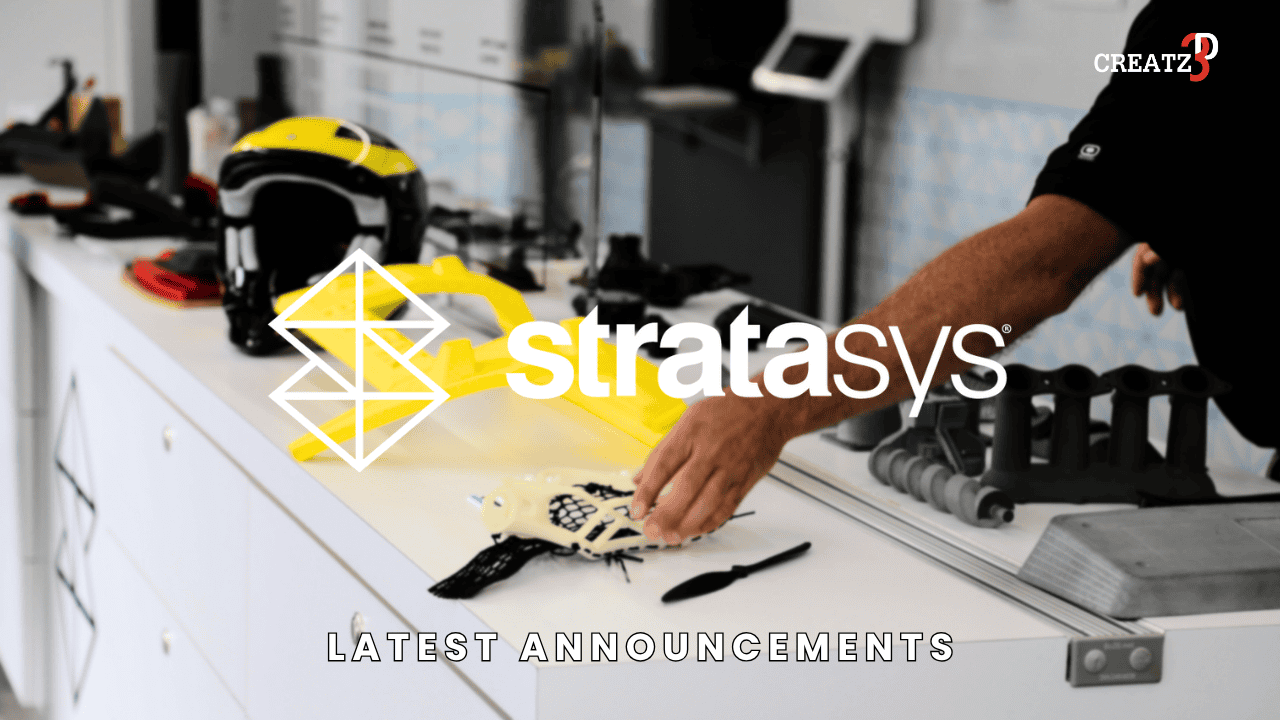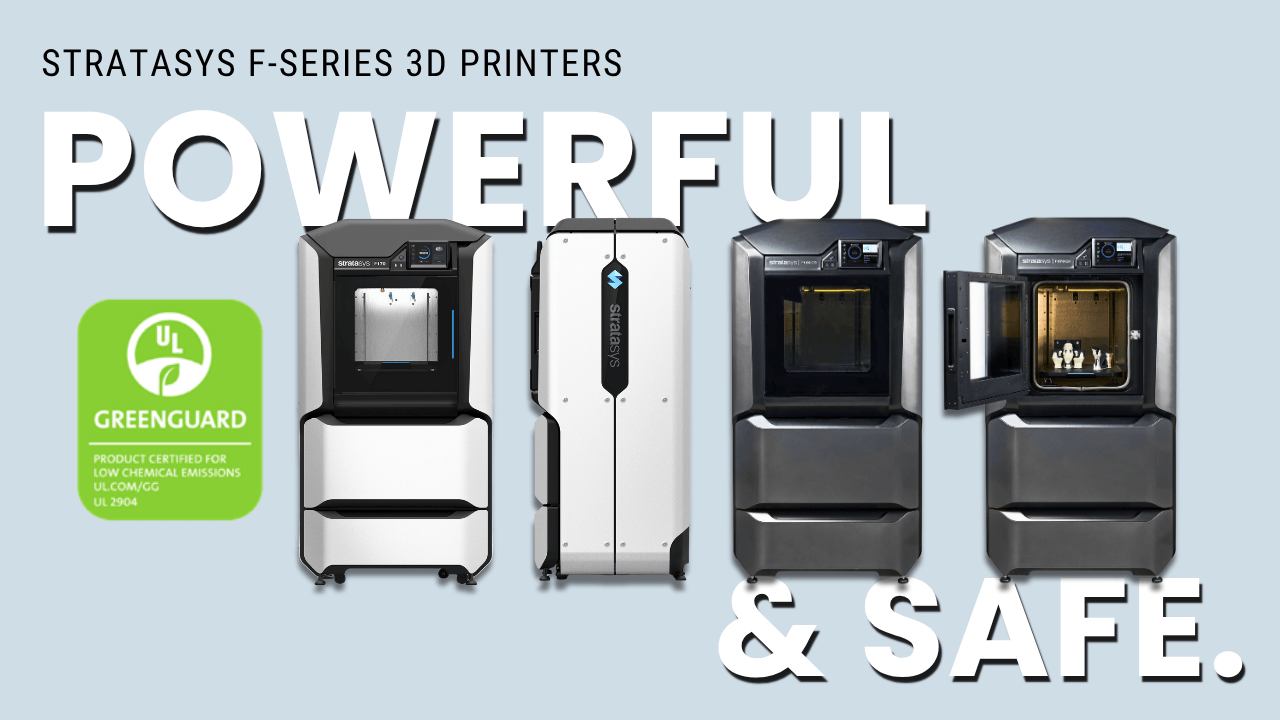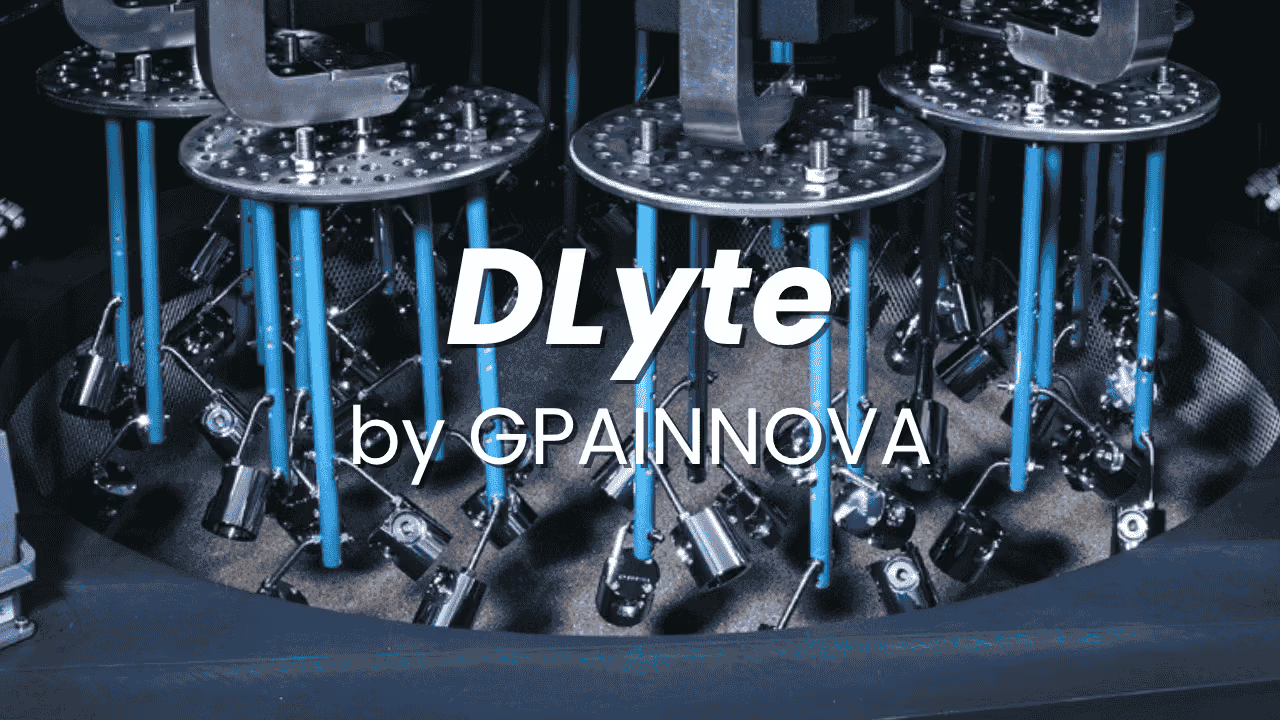With the fast-paced advancement of technology, various types of robots have been developed to perform a wide range of tasks. Boring, stressful, or labour-intensive jobs such as sorting, transporting, palletizing, inspecting, and machining can now be done more effectively and affordably with robotics technology.
A key challenge in robotics lies in the end-of-arm tool (EOAT), which is often specific to the robot’s designated task, such as gripping or welding. While many off-the-shelf EOATs exist, businesses often need customized solutions for their workflows. Due to the small number of EOATs required, end-users typically CNC-machine bulky metal parts and retrofit them with stock components such as vacuum cups, actuators, and quick changers. This process requires long lead times for production and assembly.
With the integration of 3D printing technology, these challenges can be overcome with greater cost-effectiveness. For instance, using Stratasys FDM technology, EOATs can be produced more efficiently, providing both dramatic time and cost savings. FDM is an additive manufacturing process that builds engineering-grade thermoplastic parts layer by layer from CAD data.
Benefits of Using FDM EOATs
FDM EOATs offer significant advantages in both performance and business effectiveness. Engineering-grade thermoplastics such as ABS, PC, and ULTEM produce strong, robust parts that maintain structural integrity. Due to the additive nature of 3D printing, parts can incorporate customized infill structures, reducing EOAT weight. These weight savings reduce robot arm wear and tear, improve ease of operation, and lower long-term maintenance costs.
Additive manufacturing also enables ergonomic shapes and integrated designs. Components can be consolidated into a single part, and internal air channels can replace cumbersome external tubing and valves, reducing breakdown risks from clogged lines during operation.
Business effectiveness is further improved by decreasing lead times between tool changes when robots are reprogrammed for new tasks. Traditionally, components required outsourcing to CNC machining vendors. With 3D printing, customized EOATs can be produced in-house, with spare parts manufactured on demand. For factories with CNC capabilities, this frees up machines for more profitable outsourced work.
Beyond robotics, 3D printing technology provides benefits across multiple industries. The key is finding the right fit and integration into business workflows. At Creatz3D, we work closely with our customers to provide the optimum 3D printing equipment that meets their needs. With limitless possibilities that a professional 3D printer can offer, please contact us at info@creatz3d.com or (65) 6631 8555.






